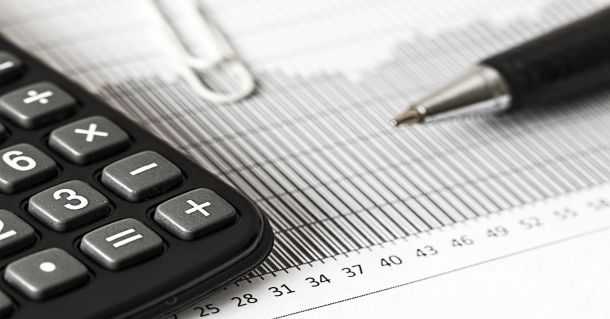How to Read a Balance Sheet for a Veterinary Practice/Clinic

By First Financial Bank
No one document can tell you if a practice is worth your investment of time, energy, or dollars. But each financial report provides clues to the financial health of the business – including the balance sheet. Not sure exactly what it provides? Let’s look at it.
What is a Balance Sheet?
Assets. Liabilities. Equity. These three components together provide a snapshot of the resources available to a veterinary practice/clinic’s owners plus how those resources were financed. Is this a wise investment? The balance sheet is one component to help you make that decision. Specific things to know about a balance sheet:
- It is a summary of the business at a specific point in time only.
- It should always “balance,” meaning that assets should equal liabilities added to the owners’ equity (Assets=Liabilities + Equity).
- Important elements in the report include cash on hand, accounts receivable, drugs and medical supply inventory, equipment, payroll, and taxes.
- Layouts can be done in one of two ways: either side by side (left column contains assets and right contains liabilities/equity) or in “report” format (assets start at top of the first page, followed by liabilities and owner’s equity).
The American Animal Hospital Association (AAHA) and American Veterinary Medicine Association (AVMA) provide sample financial reports at no cost to help vet practices/clinics have a standard approach (see their sample balance sheet in “report” format with additional info below).
How to Read a Balance Sheet
The balance sheet provides significant insight into the practice’s fiscal health as of the date on the report. A balance sheet has three sections: assets, liabilities , and equity:
1. Assets
Assets are anything the practice/clinic owns that could be converted into cash, called liquidation. Assets are usually positives on the balance sheet (though there are such things as “contra assets”) and are divided into current and noncurrent assets:
- Current assets can be converted into cash within a year, such as cash on hand, marketable securities, drugs and medical supply inventory, and accounts receivables.
- Noncurrent assets, such as real estate, medical or office equipment, and depreciation, are assets that are “fixed” or not expected to be convertible to cash within the year.
2. Liabilities
Liabilities are what a business owes, obligated to pay, and are an inverse of the assets. These are tallied against the balance sheet. Liabilities are also current or noncurrent:
- Current Liabilities include wages payable, debt financing, rent payable, utility payable, accounts payable, and other costs.
- Long Term (or “Noncurrent”) Liabilities examples could be long term portions of loans and deferred tax liabilities.
3. Owner’s Equity
The owner’s equity is what is left over when you subtract liabilities from assets, including common stock, distributions, dividends, and draws. In summary, owner’s equity is anything belonging to the business owners after any liabilities have been taken into account.
As important as the balance sheet is in evaluating a practice or clinic you consider purchasing, you also want to take into consideration the other financial reports: profit and loss statements and cash flow statements. As a whole, a balance sheet and the other financial statements together can provide you with the data to help determine the business’s viability.
Profit and Loss Statements
Profit and loss statements are an overview of how the veterinary practice/clinic is doing over a period of time. A profit and loss statement is also referred to as an income statement. This statement shows the net earnings or losses, in other words, how profitable it is.
Cash Flow Statements
Cash flow statements look at the money going in and out of practice/clinic and can help you determine if it is generating enough cash to pay expenses. The basic components of the cash flow statement are any short or long-term investments, financing (loans ), and operating costs (the discrepancy between whether the gap between expenses and income is growing).
Assessing a Veterinary Practice/Clinic Using the Balance Sheet
The balance sheet and other financial statements/reports are important in assessing the business’ viability. But there are other things you want to consider:
- What is the history and reputation of the current practice?
- Is the location promising for potentially growing the client base – or not?
- If you are planning upgrades/changes, what effect might they have on your earning and service capabilities?
To make an informed and practical decision you can be confident in, use all the resources available to you – including the balance sheet.
Want to talk about your business plans? Let’s chat!

Business Loan Payment Calculator: Estimate the Payments for Your Veterinary Practice/Clinic Loan

Planning to Buy a Veterinary Practice?

Veterinary Practices for Sale: 5 Questions to Ask Before You Commit

